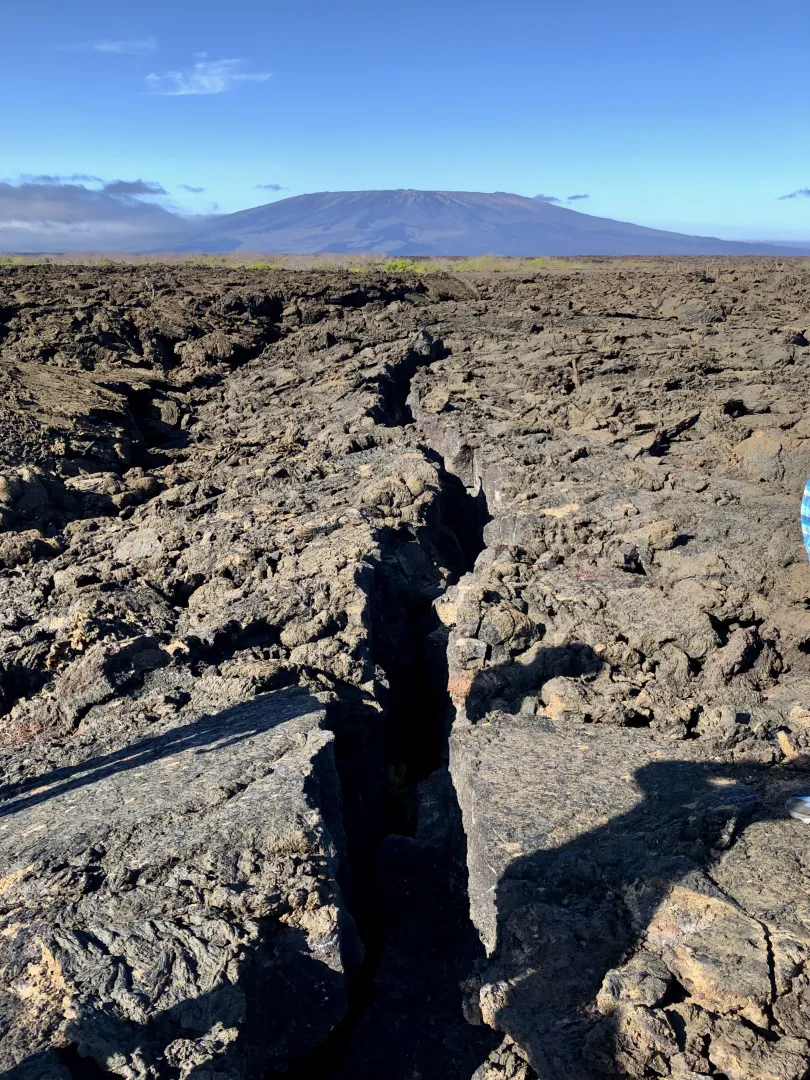Now that the risks from COVID-19 have significantly decreased, and after several years of limited travel, we’re catching up on lost time. On July 30, we flew to Quito, Ecuador, and then to the Galapagos Islands a few days later, where we boarded a boat for an eight-day trip. These islands are about 600 miles off the Ecuadorian coast, right on the equator in the eastern Pacific.
The Galapagos are perhaps most famous for being visited by Charles Darwin in 1835 during his voyage on the Beagle, where his observations helped shape his theory of evolution—considered nearly heretical at the time. Interestingly, a 2024 Pew Research poll found that while 62% of U.S. adults accept evolution, 34% believe humans have always existed as they are, highlighting some political divides in the country.
Like the Hawaiian Islands, the Galapagos are volcanic in origin, formed by eruptions from a hot spot, where molten rock from deep within the Earth rises to the surface. Both island chains sit on tectonic plates; the Hawaiian Islands are on the Pacific Plate, which is moving northwest. Currently, the hot spot under Hawai’i is causing eruptions on the southeast end of the Big Island, a process ongoing for about 400,000 years. The Big Island is made of five volcanoes, two of which—Mauna Loa and Kilauea—are active. The seafloor off the island’s coast is forming a new volcano, Loihi, which will eventually surface and extend the island.
As the Pacific Plate moves, older Hawaiian Islands have drifted off the hot spot. For example, Kaua’i is about 5.6 million years old, while O’ahu is 3.4 million years old. This volcanic chain extends over 1,300 miles to Midway Atoll, which is around 28 million years old. The chain continues for another 2,000 miles north, reaching the Kurile/Kamchatka Trench and includes Detroit Seamount, about 81 million years old.

Turning to the Galapagos, located roughly 4,500 miles southeast of Hawai’i, they formed over a hot spot on the Nazca Plate (named after a pre-Incan culture in Peru). Over the last 5 million years, volcanic eruptions have created 13 main islands of black basaltic lava. The key difference between oceanic volcanoes like those in the Galapagos and Hawai’i, and those around the Pacific Ring of Fire, is that the former are formed from magma rising through oceanic plates, while the latter come through continental plates. Volcanoes on continental plates, like Mount Shasta or Mount Fuji, erupt more explosively due to their high silica content. In contrast, oceanic volcanoes produce more fluid lava flows, creating gentle slopes, called shield volcanoes.
The weathering of basaltic lava in Hawai’i creates black sand, similar to that found in the Galapagos. Beaches in both places can also have white sand from coral and shells, and occasionally green sand, colored by olivine, a volcanic mineral. Some Galapagos beaches also feature red sand due to iron oxidation in the lava.
As the Nazca Plate has moved over the Galapagos hot spot, the islands have formed in different stages. The southeast islands, like Española and San Cristobal, are 3.2 and 2.4 million years old, respectively, while the younger islands of Fernandina and Isabela in the northwest are still over the hot spot, with exposed volcanic rocks up to 700,000 years old. The Galapagos is considered the largest and most active group of oceanic volcanoes, with more than 50 eruptions in the past 200 years. Six volcanoes are currently active, including a major 1968 event on Fernandina when a caldera floor dropped 1,000 feet, causing a large volcanic ash eruption.
Though most visitors are drawn to the Galapagos for its wildlife, as a geologist, I was just as fascinated by its volcanic activity. My next piece will focus on the unique living creatures of the islands.
